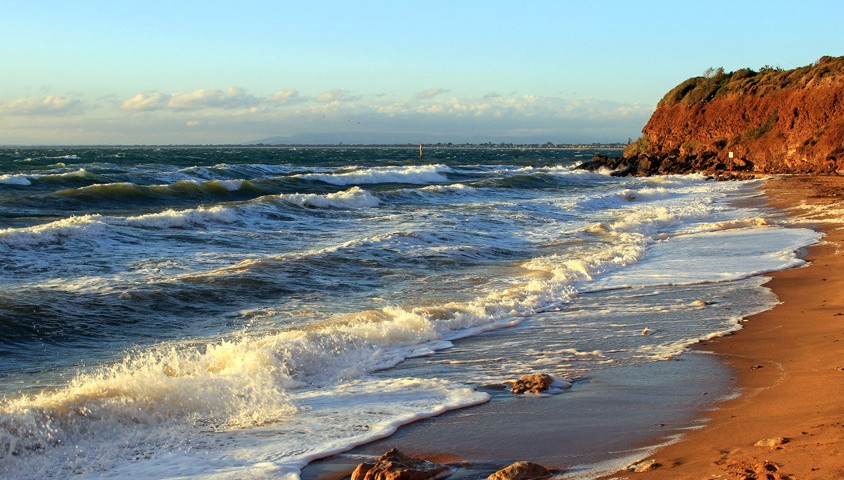The latest results of an ongoing, long-term marine monitoring program at Port Phillip Heads Marine National Park have revealed good news for this area of Australia’s marine ecology.
The 16th survey of subtidal reefs in the National Park is currently underway, with scientists from Parks Victoria and Australian Marine Ecology obtaining and analysing data with a view to further improve management practices in the area.
Of particular interest to the researchers are 200-400 species of seaweed, 80 species of fish and 40-50 species of invertebrates including sea stars and abalone. This includes monitoring for pest species such as the Northern Pacific Seastar, Japanese Kelp and the Mediterranean fan worm.
Yet perhaps most exciting has been the discovery of recent increases in native invertebrates and fish species, including the rarely-seen western blue groper.
Dr Bill Jackson, chief executive for Parks Victoria, highlighted the importance of Victoria’s marine ecosystems, saying: “Eighty five to ninety percent of species found in southern Australian waters are not found anywhere else in the world – a reminder of why it’s so valuable to have marine protected areas”.
“It is good news that the surveys are revealing such healthy fish and invertebrate communities and the reef within the marine national park is in a healthy condition,” Jackson noted. “It’s particularly pleasing to see the surveys have seen increased sightings of the rare and protected western blue groper.”
Even better, the survey is yet to turn up any pest species in the area, with marine science manager for Parks Victoria, Dr Steffan Howe giving the National Park a clean bill of health.
“So far there have been no pests found on the reef, which is good news.”


